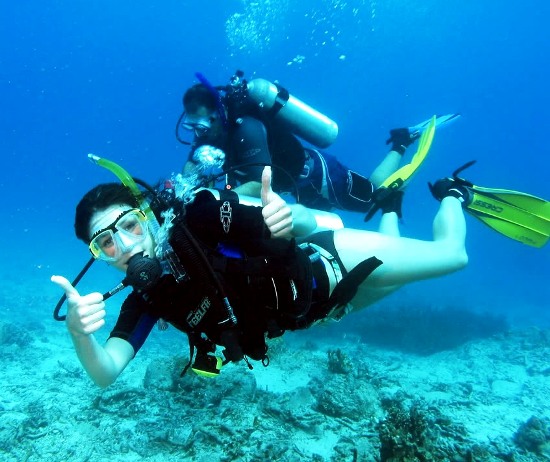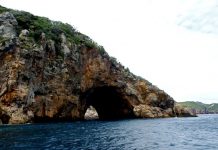Scuba diving is an underwater diving sport/ mode of entertainment or even a part of some occupations. The individual diving is called the scuba driver. The scuba driver carries with him a breathing apparatus which helps him breathe underwater. While some divers prefer diving in shallow waters and discover some interesting sea beings and reef; there are some who may want to dive deeper and really go for the unexplored.
Naturally then, there are some safe diving spots and there are some seriously dangerous and terrifying spots. Here is a list of 5 most dangerous scuba diving spots in the world:
1. Coco’s Island, Costa Rica
This spots owns its “dangerous†status to its extremely remote location. The Island is given the National park status; and it lies about 340 miles from the country in the Pacific Ocean. A huge number of sea animals like sharks, rays and dolphins are found here. While there animals are not found to pose a danger, the terrifying part is- if anything did go wrong, reaching civilization would take you about 35 hours by boat.
2. Blue Hole, Lighthouse Reef Belize, Egypt
The big dangerous opening to this spot is that it is known too many as- the “Diver’s Cemeteryâ€. This is a submarine sinkhole which also has a passageway to open waters somewhere at the depth of 184 feet. When divers reach the above mentioned depth in the spot it is said that presence of nitrogen narcosis may result in disorientation and altered judgment. As a result divers loose the sense of how deep they have reached and keep going on; some say to their deaths.
3. Jacob’s Well, Wimberley, Texas
This diving hole may seem normal but it is quite dangerous once you are in the depths. The spot is marked by an intricate system of caves, underwater. These caves have extremely narrow tunnels at some places; while almost all the walls of the cave are silt- lined. The silt may dissolve in the water and form clouds; causing panic and disorientation.
4. Cenote Esqueleto, Tulum, Mexico
More popularly known as the “Temple of Doomâ€, this diving spot is an extremely dangerous spot from the get go. Due to an absence of a ladder into the underwater cave, the only way the divers can get in is by jumping right into it. The caves are filled with tight passageways and caverns, making it a challenge for even the most experienced divers. For this reason, divers are advised to stay in sunlight areas and not venture into extremely dark areas. The dark, tight areas have been a cause of disorientation to many and have also claimed some lives in the past.
5. German U-Boat, New Jersey, USA
This diving spot is about 60 miles off the coast in New Jersey. At the depths of about 240 when the temperatures are icy cold and the currents are tough, the divers exploring the area can see a historic German U-boat. Discovered in 1991 by a diver, the boat was used for patrolling in the WWII. The divers who discovered the boat also died in their exploration adventure. The spot is named a dangerous scuba spot given the low temperatures, currents and the depth.











